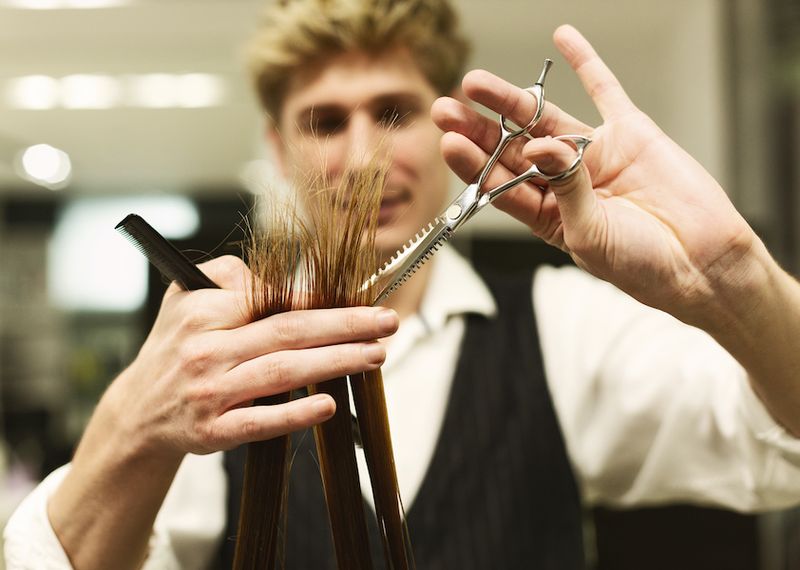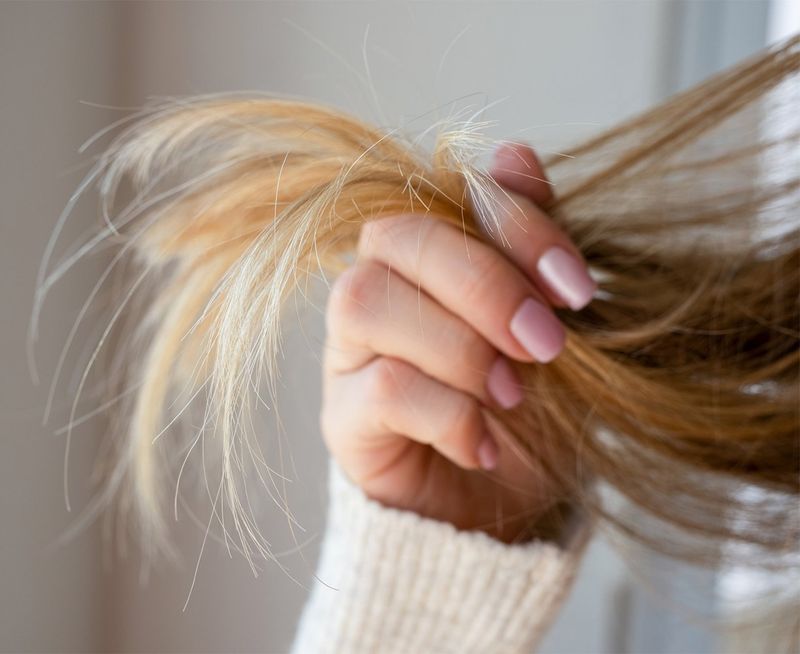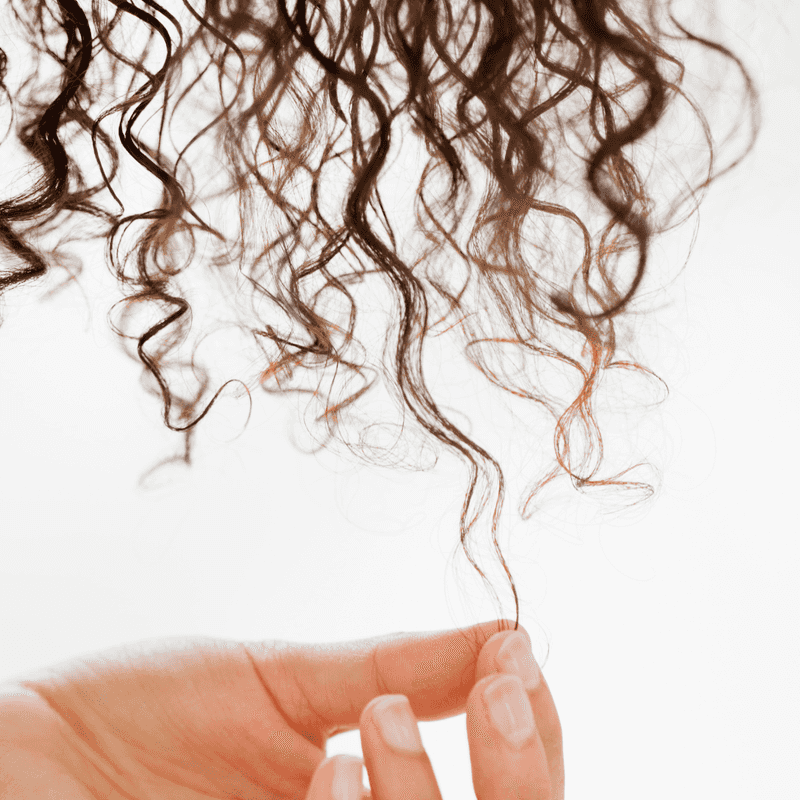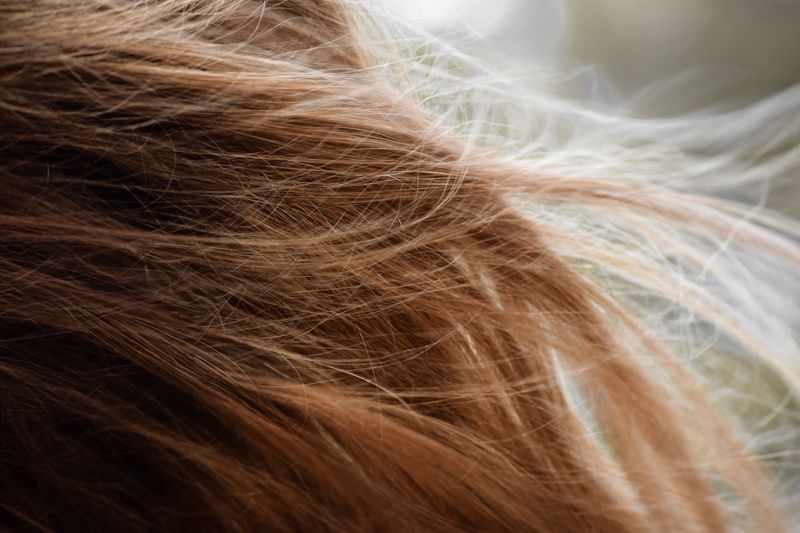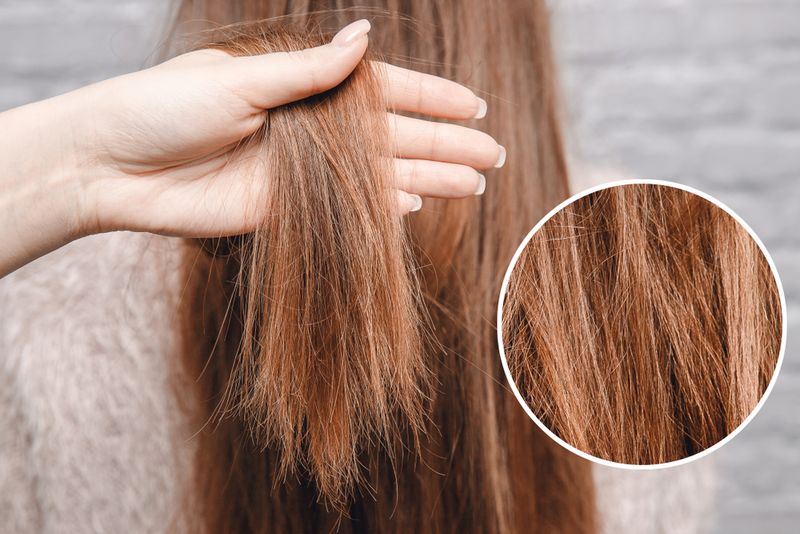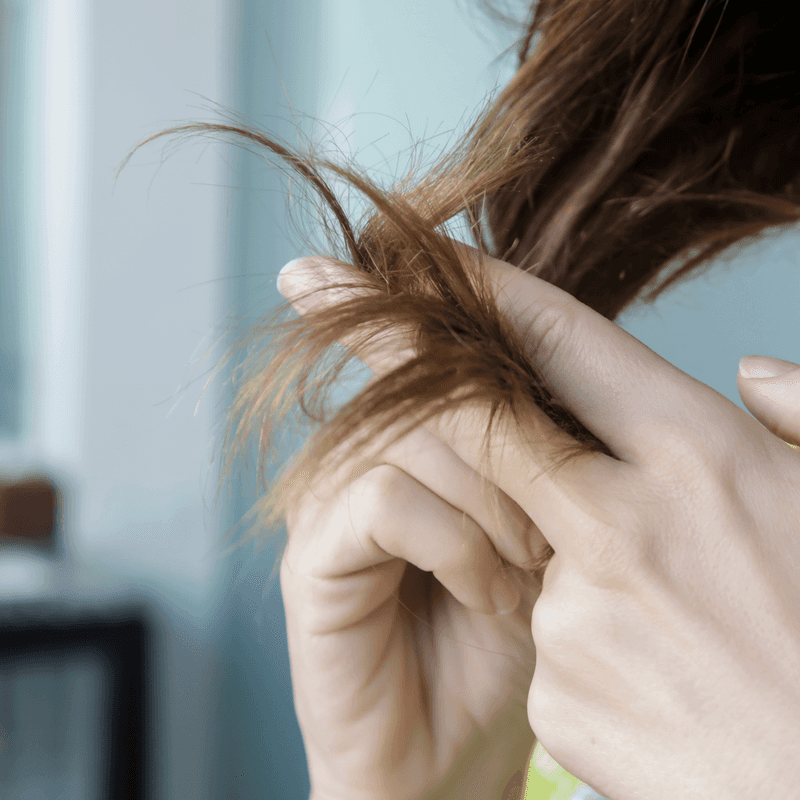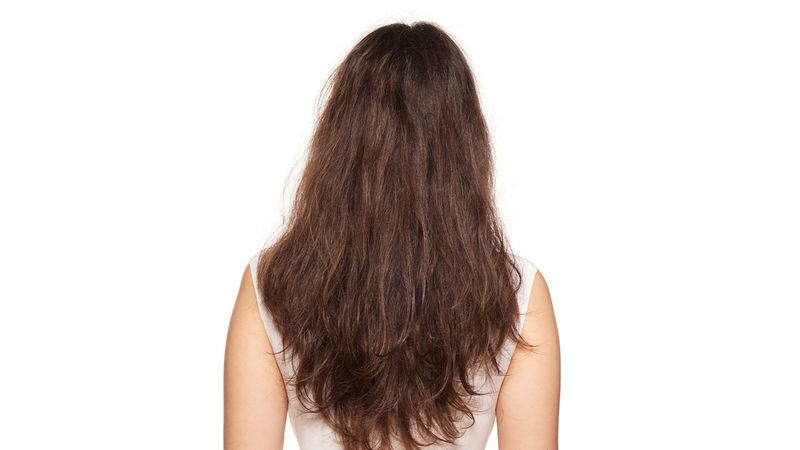Split ends are more than just a minor hair annoyance – they’re actually telling you something important about your hair’s health. When hair strands split, it signals damage that needs attention. Understanding the different types of split ends and what causes them can help you take better care of your locks and prevent future breakage.
1. Basic Split Ends (Y-Shaped)
The most common type where the hair shaft divides into two parts. Usually caused by general wear and tear on your hair. Regular trims every 6-8 weeks can prevent these from traveling up the hair shaft.
2. Tree Branch Splits
Multiple splits branch off from the main hair shaft, resembling a tiny tree. These indicate severe dehydration and protein loss. Deep conditioning treatments with protein can help strengthen these fragile strands.
Related: -7 Straight-Hair Problems No One Talks About And 8 Easy Fixes That Shine
3. Feathered Split Ends
Hair ends that look wispy and frayed like a feather. These typically result from aggressive brushing and rough handling. Try using a wide-tooth comb instead of brushes on wet hair.
4. Knot Split Ends
Single strands that have tied themselves into tiny knots. Common in curly and textured hair types. Regular use of leave-in conditioners can help prevent the tangling that leads to these knots.
5. White Dot Split Ends
Tiny white spots at the ends of hair strands indicate where breakage is about to happen. These spots show where the hair cortex is exposed. Adding protein treatments to your routine can strengthen these weak points.
6. Tapered Split Ends
Hair ends that gradually become thinner toward the tips. These result from chemical processing damage and heat styling. Using heat protectant sprays before styling and lowering tool temperatures can prevent this thinning.
7. Chemical Damage Splits
Irregular, jagged splits caused by harsh chemical treatments like bleaching or perming. These splits look uneven and rough. Spacing out chemical services and using bond-building treatments can minimize this type of damage.
8. Heat Damage Fraying
Multiple tiny splits along the hair shaft, not just at the ends. Caused by excessive heat styling without protection. Implementing heat-free days and using lower temperature settings can help your hair recover.
9. Environmental Damage Splits
Split ends caused by sun exposure, chlorine, or salt water. These often appear dry and discolored. Using UV-protective hair products and wearing hats in harsh conditions can prevent this environmental damage.
10. Candle Split Ends
Ends that appear melted or singed, like a candle. These happen from getting too close to direct heat sources. When using heat tools, keep them moving constantly to avoid concentrated heat damage.
11. Nutritional Deficiency Splits
Weak, easily splitting ends caused by lack of essential nutrients. Biotin, zinc, and iron deficiencies often show up in your hair first. Adding these nutrients through diet or supplements can strengthen hair from within.
12. Mechanical Damage Splits
Splits caused by physical stress like tight hairstyles, rough brushing, or hair accessories. These appear as breaks at various points along the hair shaft. Gentler handling and looser styles can prevent this stress.
13. Genetic Thin Ends
Some hair types are genetically predisposed to thinner, more fragile ends. If your hair naturally grows this way, regular trims and extra moisturizing can help manage the appearance of splits.
14. Weathering Split Ends
Cumulative damage from normal daily activities. These appear as normal splits but develop more quickly than they should. Using protective styles in harsh weather conditions can reduce this everyday wear and tear.
15. Age-Related Thinning Ends
As we age, hair naturally becomes finer and more prone to splitting. Hormone changes affect hair strength. Using gentler products specifically formulated for mature hair can help maintain thickness and prevent excessive splitting.
16. Product Buildup Splits
Heavy products can weigh hair down and cause breakage at the ends. These splits often appear sticky or coated. Regular clarifying treatments remove buildup that can lead to this type of damage.
17. Split Mid-Shafts
Splits that occur in the middle of the hair strand rather than the ends. These indicate severe structural damage. Bond-building treatments can help repair the hair’s internal structure to prevent these serious splits.
18. Overprocessed Porous Splits
Hair that’s been chemically processed repeatedly becomes porous and splits easily everywhere. The hair appears fuzzy all over. Taking a break from chemical services allows hair to recover its natural strength.
19. Humidity-Related Splits
Hair that constantly moves between humid and dry environments can develop stress fractures. These tiny splits worsen with weather changes. Anti-humidity products create a protective barrier against these moisture fluctuations.
20. Seasonal Dryness Splits
Winter heating and summer sun can cause seasonal dryness splits. These appear as normal splits but develop mainly during extreme seasons. Adjusting your hair care routine seasonally can prevent this cyclical damage.



